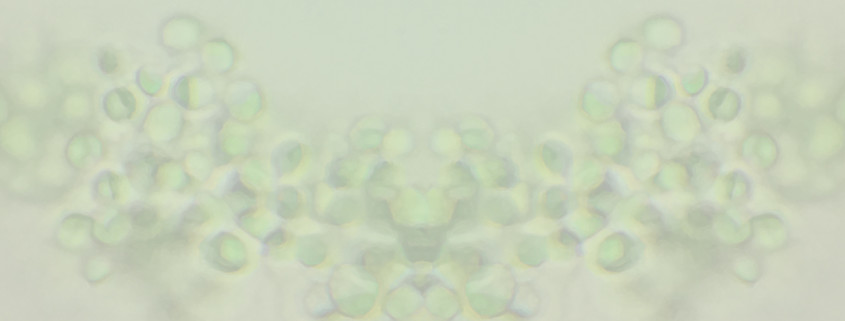What you need to know about water filtration.
All About Water Filtration
In the Algae Industry, water filtration standards are different than drinking water standards. The difference in drinking water standards and algae production standards has everything to do with what we would like to filter out. This makes each companies definitions of what they need to remove a little different depending on what they are growing, but there are some recommendations you should know about. These tips will save you time and money and produce reliable cultivation techniques.
Absolut filtration vs. Nominal filtration
Absolute filtration catches 99.9% of a certain size particle. Nominal filtration captures up to 80% of a particular size particle. When comparing different brand of filters to each other the particle sizes they rated to remove, I have found they micron size removal rating needs to be validated for brand each filter. Durning a validation study of a five-micron absolute filter, I have usually found organisms up to 10 um in size in the water after filtration.
Membrane filtration is more exact in reducing rated particle sizes than sediment filtration.
The most common membrane filtration is Reverse Osmosis (RO) water. I love using RO water, but it does take out essential minerals needed for algae growth. Magnesium and iron are common inorganic nutrients removed during filtration. Each RO system is different, so it is highly recommended a before and after filtration water mineral analysis is needed to be performed by a lab. This way you will know what to replace and how many essential minerals were removed out of the water.
For algae that produce high-value products crossflow filtration is an investment but well worth the cost. Depending on what you buy these filters can be autoclavable up to 5 times or you can use a cold sterilizing solution to keep the filter sterile between uses. The micron rating is very exact on what it takes out. To size the filter you need measure the smallest unwanted organism then divide the number in half. For example, smallest algae that I want to remove is one micron. Then I would be looking for a 0.05-micron crossflow filter.




